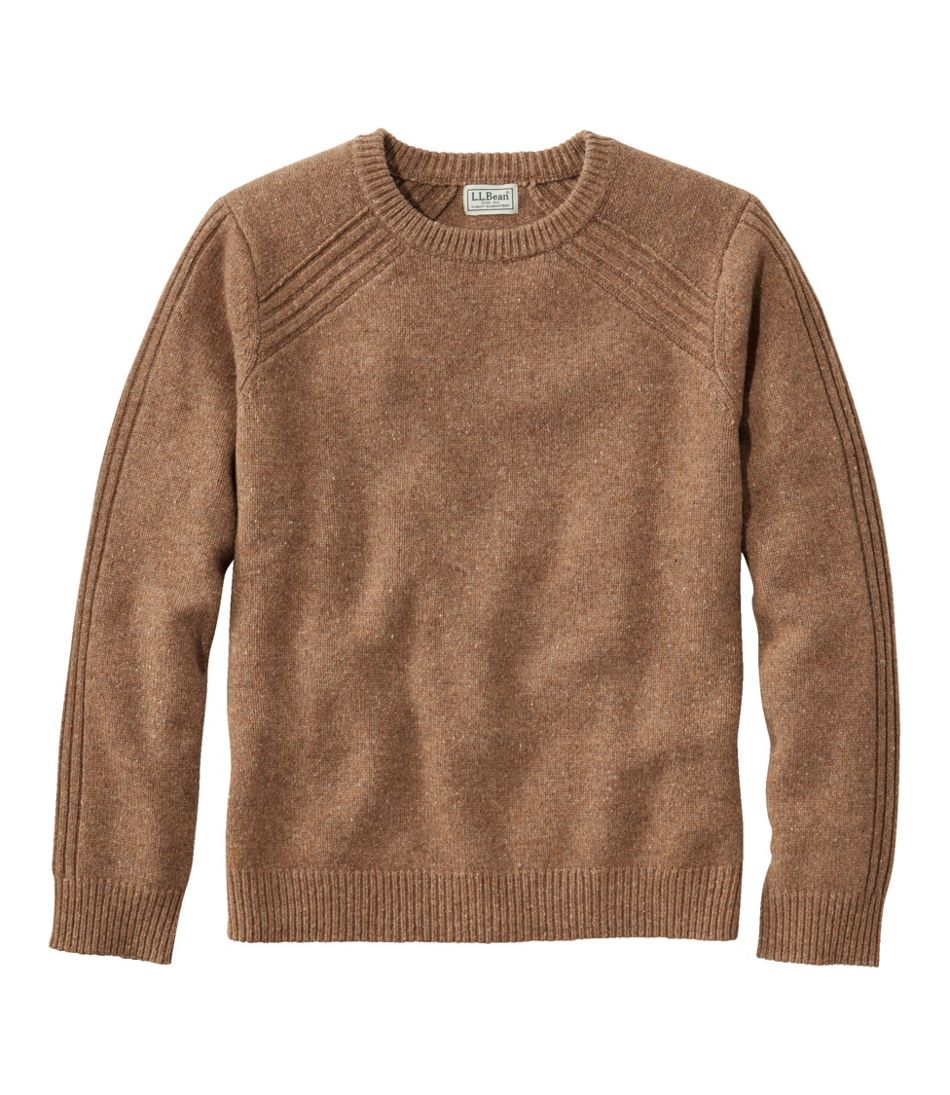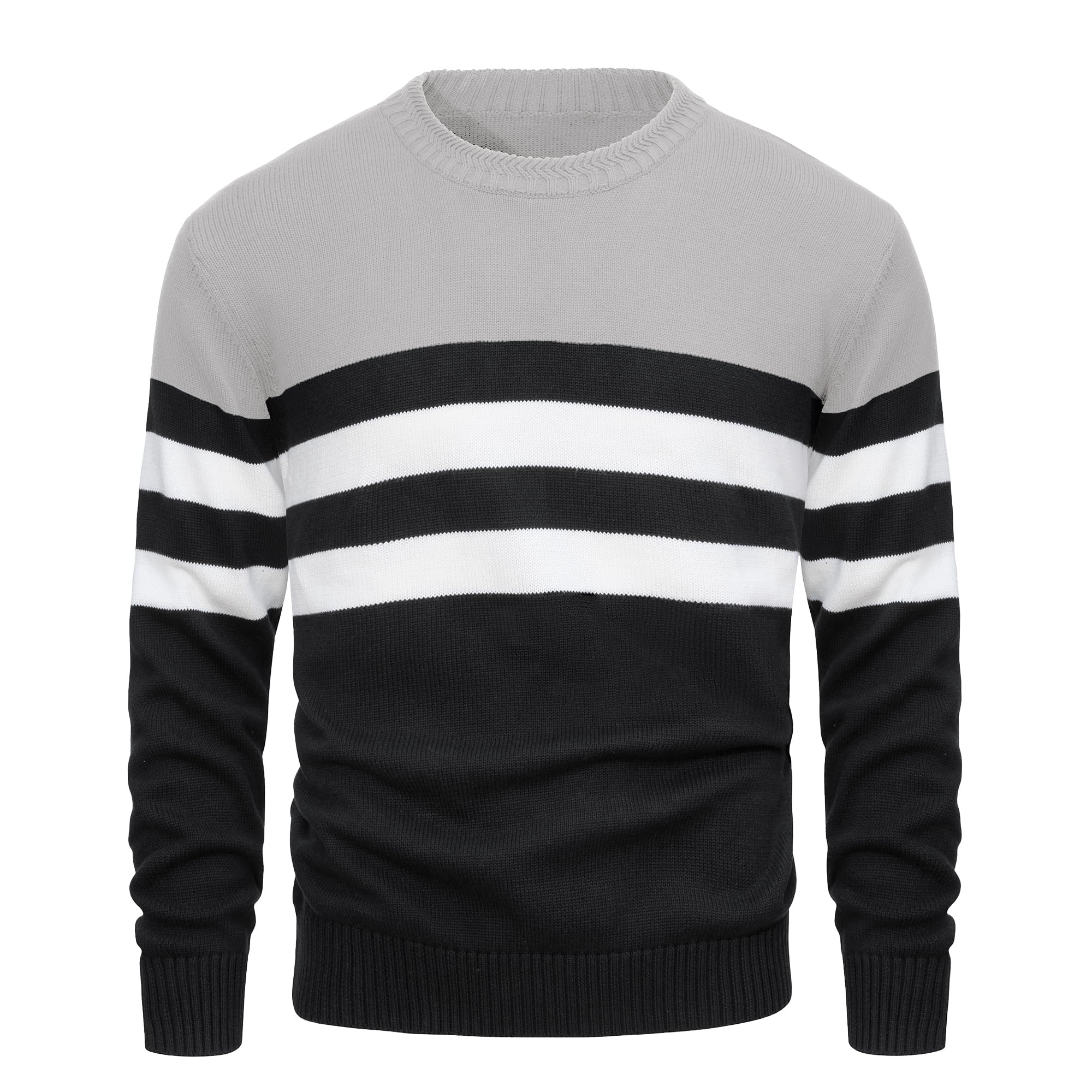How to dry sweaters, especially those made of delicate materials like wool or cashmere, requires careful attention to maintain their quality and shape. Below is a detailed guide outlining various methods for drying different types of sweaters.

How to dry sweaters
Drying sweaters, especially those made of delicate materials like wool or cashmere, requires careful attention to maintain their quality and shape. Below is a detailed guide outlining various methods for drying different types of sweaters:
Air Drying:
After gently washing your sweater by hand or in a machine on a gentle cycle, it’s crucial to let it air dry naturally. Lay the sweater flat on a clean towel, smoothing out any wrinkles or folds to prevent stretching. Avoid hanging it as this can cause distortion due to gravity. Rotate the sweater periodically to ensure even drying. This method works well for most knitwear, particularly those made from natural fibers such as wool, cotton, and silk.
Flat Drying:
The process of flat drying involves laying the sweater on a clean, absorbent surface like a drying rack or a large bath towel. Ensure that the sweater is laid out completely flat with the sleeves spread out and the neckline properly shaped. If you have a thick sweater, consider placing another dry towel underneath to absorb excess moisture. Allow ample time for thorough air circulation around the garment to promote even drying.
Reshaping While Drying:
To preserve the sweater’s original shape, reshape it while damp. Stretch the shoulders back into place, lay the sleeves flat, and adjust the body length as needed. For cable knits or heavily textured sweaters, gently manipulate the patterns back into form before they dry. This step is critical since wet fibers are more pliable than when dry.
Rolling Method:
Another technique involves rolling the sweater in a clean, dry towel. Start by laying the sweater on a towel, then roll both up together tightly, pressing gently to remove excess water. Unroll after several minutes, allowing the sweater to lie flat again to finish air-drying. This method can speed up the drying process by absorbing water from the sweater without causing unnecessary agitation.

Using Mesh Drying Racks:
Specialized mesh drying racks allow air to circulate around the sweater while providing support to keep its shape intact. Place the sweater on the rack and make sure it’s not stretched or twisted. Do not use hangers or clips that might deform the fabric.
Room Temperature Drying:
Always dry sweaters at room temperature away from direct heat sources like radiators, heaters, or sunlight. Exposure to high heat can cause shrinkage, felting (in the case of wool), or color fading.
Delicate Cycle in Dryer:
Some synthetic or blended sweaters may tolerate a low-heat, short tumble dry cycle. However, always check the care label first, and if possible, place the sweater in a mesh bag to minimize friction and damage. Use dryer balls or clean tennis balls to help fluff the fibers and reduce clumping.
Spot Drying:
In case of localized wetness, blot the area with a clean towel and lay the sweater flat to dry. Do not rub as this can cause pilling or matting of the fibers.
Cool Ironing:
Some sweaters might require ironing to restore their shape post-drying. Always use the lowest heat setting and place a thin cotton cloth between the iron and the sweater to avoid direct contact and potential scorching.
Professional Cleaning:
For extremely delicate or expensive sweaters, consider having them professionally cleaned and dried. Specialist cleaners often have the right equipment and expertise to handle these items with care.

In conclusion
Drying sweaters demands patience and gentleness. By following the appropriate steps for each type of sweater, you can significantly extend their lifespan and maintain their appearance. Remember, prevention is better than cure; hence, taking preventive measures to avoid excessive stretching or shrinking during the drying process is key.
How to store sweaters
Storing sweaters properly is essential to maintaining their shape, color, and texture over time. Below are detailed methods to ensure your knitwear stays in excellent condition when not in use:
Cleaning Before Storage:
Always clean your sweaters before storing them for an extended period. Dirt, oil, and body odor can attract pests and cause stains to set in. Follow the care label instructions for washing or dry cleaning.
Thoroughly Drying:
Ensure that each sweater is completely dry before storing it. Moisture can lead to mildew growth, musty odors, and fabric deterioration. Use the air-dry or flat-dry method as described earlier to prevent shrinkage or deformation.
Fold Versus Hang:
Folding is often the preferred method for storing sweaters as hanging can cause stretching at the shoulders and neck. Fold them neatly into thirds vertically or roll them tightly to save space while avoiding creases. For lighter materials like cotton, folding is ideal, while heavier woolen sweaters may benefit from rolling to reduce pressure points.
Use Proper Storage Containers:
Store folded sweaters in breathable containers such as canvas bags, cotton zippered bags, or acid-free tissue paper to allow air circulation and prevent yellowing. Avoid plastic bags or airtight containers which can trap moisture and encourage mold growth.

Moth Prevention:
Moths and other insects can damage natural fiber sweaters. Cedar blocks or sachets, lavender sachets, or mothballs can be used for their repelling properties. However, avoid direct contact between these items and your sweaters to prevent staining or scent transfer.
Store Separately:
Keep sweaters separated by color and fabric type to minimize dye transfer and ease retrieval. Delicate fabrics should be stored separately from rougher materials to prevent pilling or snagging.
Rotate Your Closet:
Seasonal rotation of your wardrobe helps in preserving the longevity of your sweaters. During warmer months, store them in cool, dark, and dry places like closets or underbed storage boxes.
Handle with Care:
When handling or moving stored sweaters, do so gently to prevent stretching or misshaping. Refold or reposition them periodically to help maintain their shape and avoid permanent creases.
Inspection Before Storage and After Retrieval:
Before putting away, inspect your sweaters for any signs of damage, stains, or wear. This allows you to address issues promptly. Similarly, after retrieving from storage, give them a quick check and airing out before wearing again.
Proper Space Allocation:
Overcrowding your storage space can lead to crushing and wrinkling. Give each sweater enough room to breathe and maintain its form. Consider investing in additional shelving or storage solutions if necessary.
